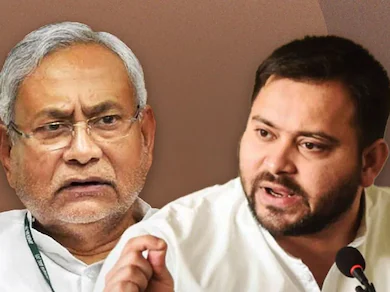
The Election Commission of India has made the ground ready for a two-phase poll on November 6 and 11, with the political board witnessing a triangular contest between the NDA, the Mahagathbandhan, and Prashant Kishor’s new entrant.
PATNA Bihar’s political pot is officially about to boil over. The Election Commission of India (ECI) has announced the long-awaited schedule for the 2025 Bihar Assembly Elections, confirming that voting will be held in two phases, on November 6 and November 11. The vote count, which will seal the fate of Bihar’s 243-member assembly, is fixed for November 14, 2025.
Chief Election Commissioner (CEC) Gyanesh Kumar, while releasing the dates, called the Bihar polls the “mother of all elections” as he emphasized the huge nature of the exercise. The ECI has gone out of its way to make the election free and fair, including ensuring 100% webcasting at every polling station, mobilizing a huge force of Central Armed Police Forces (CAPF), and introducing home voting for voters older than 85 years.
The election fight is emerging as a dramatic and unpredictable race. At the centre of the political faceoff stands the incumbent National Democratic Alliance (NDA) coalition, of which is at the incumbent Chief Minister Nitish Kumar of JD(U) and its formidable partner, the BJP. The NDA is looking to hold on to power with the help of its “double-engine government” pitch and combination of experience and development assurances.
Threatening the incumbent coalition is the opposition Mahagathbandhan (Grand Alliance), led by Tejashwi Yadav’s RJD. The Mahagathbandhan, comprising the Congress and Left parties, is riding on an anti-incumbency wave and a high youth and social justice-oriented politics appeal. Tejashwi Yadav, according to recent opinion polls, is the top choice for Chief Minister among a large section of people, and this is an intense head-to-head fight between two of Bihar’s most dominant political leaders.
The X-Factor: A New Political Equation
A new force is changing the political equations in the state outside of the two big alliances. Political strategist-turned-politician Prashant Kishor, with his Jan Suraaj Party (JSP), has been one of the key players. His party is fielding candidates in all 243 seats, and initial opinion polls foresee a big boost in his popularity, making him a potential “third front.” His ground-level campaign and a concentration on developmental issues instead of conventional caste politics have struck a chord with a section of voters looking for change from the traditional political families. This three-way fight brings a degree of unpredictability to the elections.
The elections are not just a fight for power; they are a trending topic that will decide the future political direction of the state, known for its complex interplay of caste dynamics, history, and development. The ranking of key constituencies and the strategies of parties in these battlegrounds will be crucial to securing the 122 seats needed for a majority. The outcome will be a test of whether a new-age political discourse can challenge the long-standing dominance of traditional alliances. For more on the political trends shaping India, visit our ihttps://thetlcnews.com/technology/a News section.



